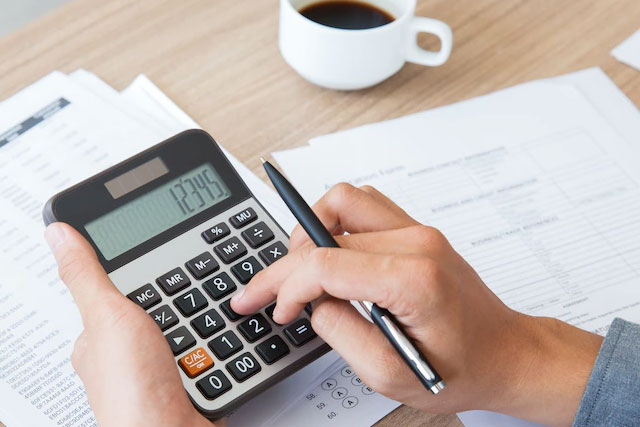If you own a business, you know that you may accelerate the expensing of qualified capital purchases. This can be done within two special provisions in the tax code:
Section 179
The annual amount of qualified assets that may be expensed (instead of depreciated) was raised to $1.08 million for 2022. This benefit can be maximized as long as the total assets purchased by your business don't exceed $2.7 million. Qualified purchases can be new or used equipment, as well as qualified software placed in service during the year.
Bonus Depreciation
There is also an option to chose additional first-year bonus depreciation of 100 percent of the cost of qualified property.
To qualify the property must be purchased and placed in service before 2023. After that, an annual phaseout lowers the bonus deduction percentage. Property can be new or used, but it can't be in use by you before it was acquired. There are a few exclusions for electrical energy and gas or steam distribution.
Not interested in claiming the bonus depreciation expense? Then you may choose to opt out of this provision for each category (class) of property you place in service.
What should you do?
Taking advantage of these provisions may be good for your business, but that's not always the case.
Remember, if you use these special asset-expensing provisions, depreciation expense taken this year is given up in future years. How many future years depend on the recovery period of the asset, but the additional tax exposure could be up to two decades! This is especially important to consider if your company is organized as a passthrough entity, like an S Corporation, as more income could be exposed to higher marginal taxes.
The short-term tax savings these two provisions provide is often too good to pass up. However, if you have some predictability in your business, it probably makes sense to forecast your projected pre-tax earnings with and without the accelerated depreciation to ensure you are making the correct long-term tax decision.

